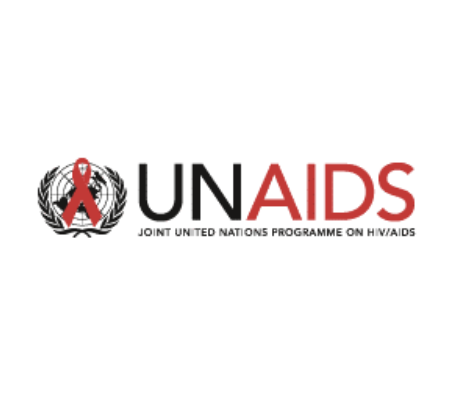UNAIDS, PEPFAR and USAID have co-published the Compendium of Promising Practices on the Role of African Faith Community Interventions to End Paediatric and Adolescent HIV. The Compendium documents 41 promising practices that provide evidence of the core roles that faith communities have played in identifying undiagnosed children living with HIV, improving continuity of treatment, supporting adolescents to access psychosocial support, care and treatment, and enabling peer support groups to empower children and adolescents living with HIV. It also documents how faith leaders have driven advocacy to tackle stigma and discrimination and pushed governments for targets to be achieved. The Compendium showcases the transformative impact of faith-based approaches, highlighting innovative strategies, programmes, and interventions that have saved lives and nurtured the well-being of young individuals. By combining the power of faith with evidence-based interventions, these organizations have created a synergy that reaches far beyond mere medical treatment. They have fostered a sense of belonging, love, and support, creating safe spaces where children and adolescents affected by HIV can find solace, guidance, and empowerment.
Click here to download the full document.
Read the summary report here.









